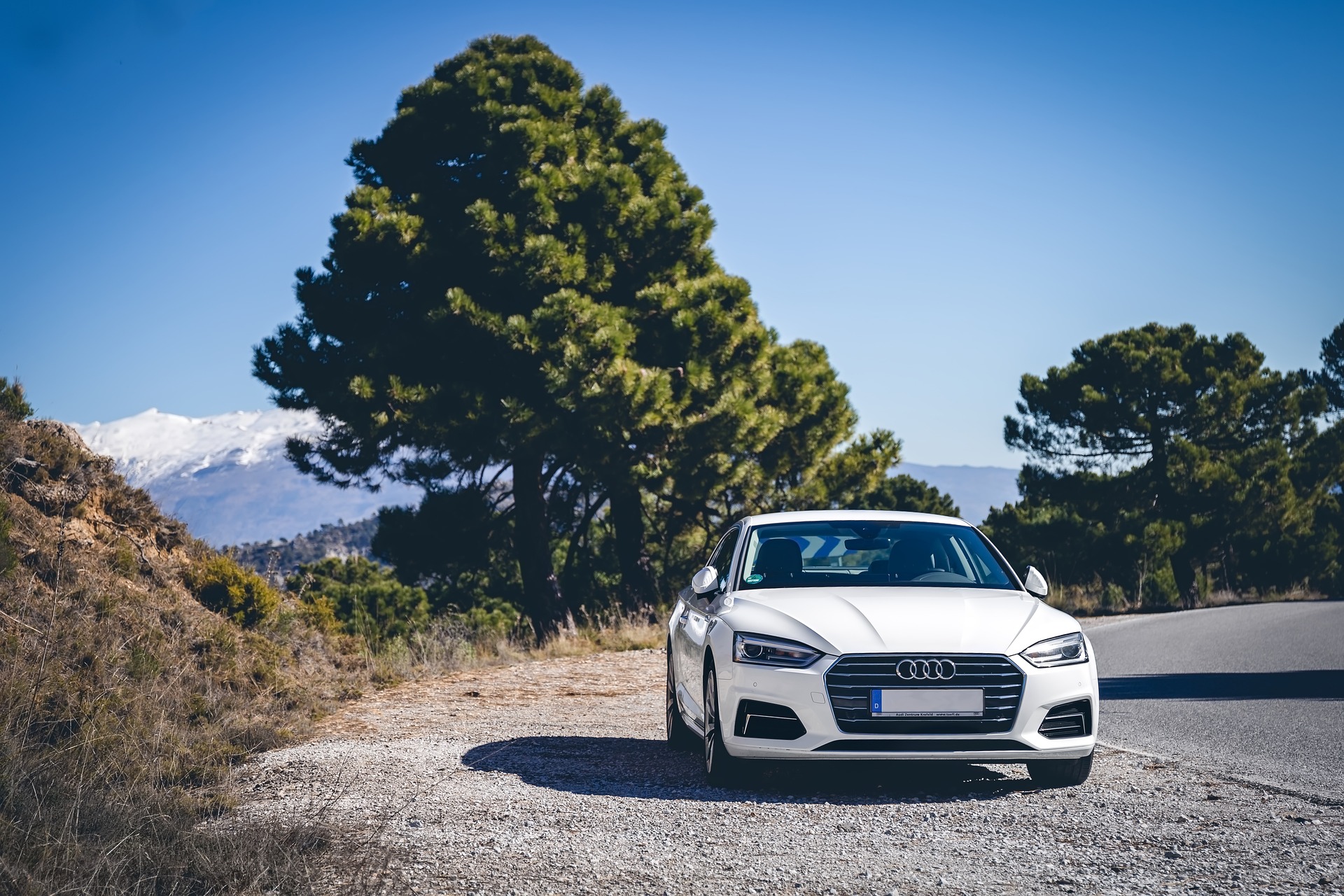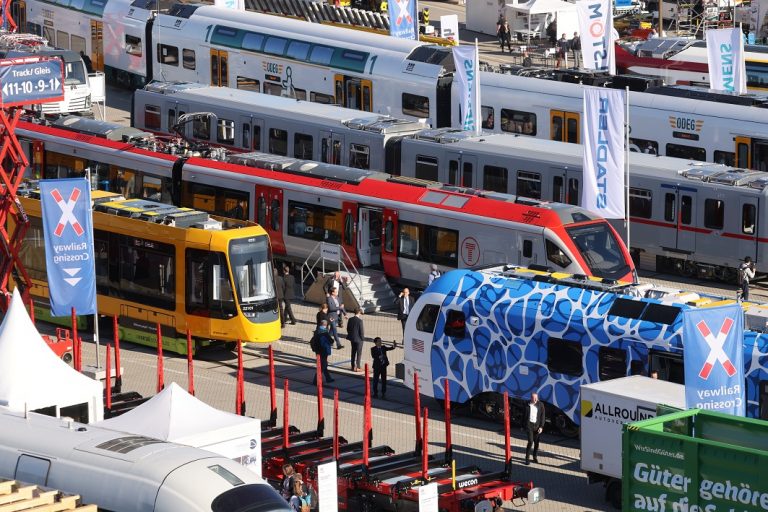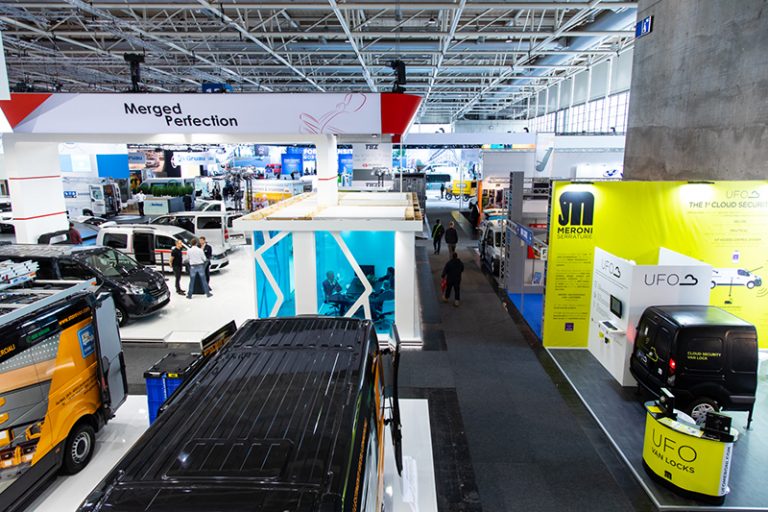In a nutshell:
Audi is closing in on a Southeast U.S. site for its first factory, with Tennessee and Georgia leading and South Carolina still in consideration.
The plant is designed as EV-only from day one, pairing local assembly with regional battery pack production and compliant cell sourcing to qualify for federal incentives.
A September briefing is planned to confirm the launch model, battery strategy, and timeline, with construction targeted for 2026 and production in the latter half of the decade.
Audi is preparing to take a decisive step in its North American strategy with the selection of a site for its first U.S. manufacturing facility. The plan is built around electric vehicles from day one, aligning the brand’s next product wave with U.S. industrial policy, a maturing EV supply chain, and the need for faster, more reliable deliveries in a key premium market. Management intends to outline the manufacturing scope, initial model allocation, and timeline in September, setting the stage for groundbreaking soon after permitting is secured.
The factory concept is clear: a clean-sheet EV operation with battery pack integration and high-voltage testing embedded in the flow of final assembly. This approach reflects how the economics of the U.S. market have shifted. Eligibility for the federal clean-vehicle tax credit hinges on North American final assembly and increasingly strict sourcing requirements for battery components and critical minerals. Locating production in the U.S., and pairing it with a compliant battery supply chain in the region, allows Audi to bring core electric models to market with competitive pricing and dependable access to incentives. It also removes the logistics friction and lead-time risk that comes with transatlantic shipping for high-volume vehicles.
Audi’s shortlist for the plant centers on the Southeast, where automotive corridors, logistics infrastructure, and battery investments are densest. Tennessee and Georgia have emerged as the strongest candidates, with South Carolina also in consideration given broader Volkswagen Group synergies. Tennessee offers immediate adjacency to established group operations: Volkswagen’s Chattanooga complex already builds the ID.4 and integrates battery packs using cells sourced just over the state line, a foundation of EV-trained labor, supplier familiarity with high-voltage systems, and interstate and rail connections tailored for vehicle shipments. Georgia brings the gravitational pull of a fast-growing EV ecosystem, including large-scale cell manufacturing, cathode and anode materials, and specialized module and pack capabilities that shorten supply lines and help meet sourcing rules under the Inflation Reduction Act. South Carolina’s growing supplier base and the group’s investment momentum in the state create additional options for shared logistics and component standardization. Final site choice will reflect a matrix of speed to market, utility capacity and cost, land readiness, workforce pipelines, proximity to battery materials and cells, and road-and-rail access to major ports and distribution hubs.
From the outset, the U.S. plant is being engineered for fully electric production rather than a dual-powertrain mix. Audi’s global portfolio is pivoting onto EV-native architectures, and the company has ample internal-combustion capacity already serving the U.S. from Europe and Mexico. Adding new American ICE lines would duplicate capability and dilute focus just as content rules and consumer demand are pushing premium brands to localize EVs. While modern body shops can preserve some flexibility by design, combustion assembly is not part of the operating blueprint. The manufacturing playbook instead prioritizes EV-specific quality gates, high-voltage safety and diagnostics, and software-defined production that can adapt within a shared electric platform family.
Product selection follows the brand’s U.S. demand profile. A mid-size electric SUV is the most natural lead program, tapping the segment where Audi’s volumes and margins are strongest and enabling the supplier base to localize quickly around high-run components. Launching with a high-demand crossover also accelerates the path to compliance across a larger share of the plant’s output as battery sourcing thresholds tighten in the coming years. Subsequent nameplates would layer onto the same architecture and assembly tooling to preserve commonality and purchasing scale.
Battery strategy is the pacing item. Audi’s plan pairs U.S. vehicle assembly with regional pack production and a cell supply aligned with the latest Treasury guidance on components, critical minerals, and foreign-entity-of-concern exclusions. The Southeast’s clustering of cell factories, electrode materials, and downstream pack expertise allows tighter control over logistics, cost, and quality, while simplifying the documentation needed to demonstrate compliance for consumer tax credits. Co-locating pack assembly on or adjacent to the vehicle site is the working assumption to minimize transit times for heavy modules and to maintain consistent thermal and electrical testing regimes. As content thresholds evolve, the proximity to compliant mineral processing and material refining becomes equally important; site selection criteria reflect that long arc as much as the near-term start-up.
The business case goes beyond incentives. A domestic plant shortens order-to-delivery cycles, stabilizes trim availability, and improves inventory management for dealers. It also creates a base for U.S.-specific iterations—software calibrations, feature packages, and over-the-air update scheduling that reflect local usage patterns. At the manufacturing level, Audi will deploy group-standard e-drive modules, shared electronic architectures, and harmonized quality systems to compress ramp-up risk, while maintaining brand-specific processes for interior fit and finish, NVH tuning, and final inspection that underpin its premium positioning.
Timing is calibrated to the realities of greenfield EV projects. With a location decision targeted this year, site preparation and early construction could begin in 2026, with pilot builds and validation phases leading to start of production later in the decade. Investments of this scale typically run into the billions of dollars and create several thousand direct jobs at maturity, with supplier employment multiplying that figure across the region. Workforce development will be staged with state and local partners, emphasizing high-voltage safety, battery diagnostics, and EV-specific quality assurance in addition to core assembly skills.
The regional context is favorable. Over the past five years, the Southeast has become the center of gravity for U.S. EV manufacturing, drawing in cell producers, materials refiners, module and pack specialists, and a growing ecosystem of recyclers and second-life battery firms. Power availability, industrial land, and highway and rail infrastructure have expanded to accommodate large-scale projects, while training programs at community colleges and technical institutes now include EV-specific curricula. For an automaker building its first U.S. site, that maturity reduces execution risk and shortens the path from groundbreaking to stable output.
Audi’s move is also a signal to customers and policymakers. Establishing a U.S. manufacturing footprint for EVs is the most direct way to align the brand’s electrification roadmap with American expectations on availability, pricing, and support. It strengthens the company’s hand in a competitive premium segment where local production increasingly differentiates winners and laggards. And it ties Audi more closely to a supply chain that is being reshaped by policy and capital investment at unprecedented speed.
Management plans to brief the market in September on site selection progress, the planned model mix for launch, and the battery sourcing framework that will anchor compliance under current clean-vehicle rules. The message will be straightforward: the first Audi built in the United States will be electric, assembled in the Southeast, and supported by a regional battery ecosystem designed to meet the letter and spirit of U.S. policy. From there, the task is execution—securing the land, locking in utilities, finalizing supplier nominations, and building a workforce capable of delivering premium EVs at scale. The brand has waited decades to manufacture in America; it has chosen to do so at the moment when the U.S. market and its own product cadence make the move both strategically necessary and industrially sound.
< Back to Automobiles, Motorcycles
> Here is one of the places where the issuer of a news item is branded.
> Tap buttons or logos to be redirected to the issuers profiles or pages.






